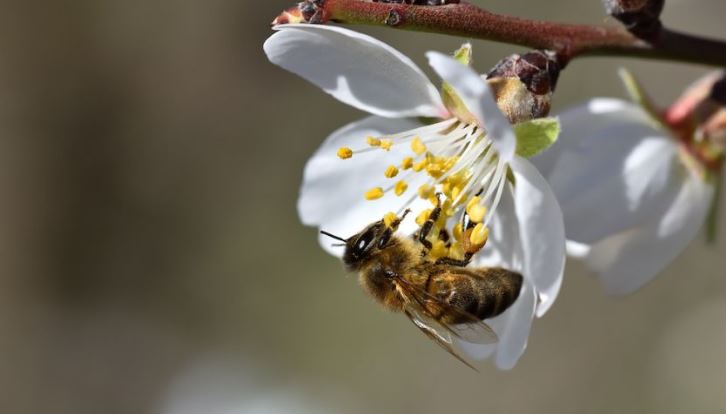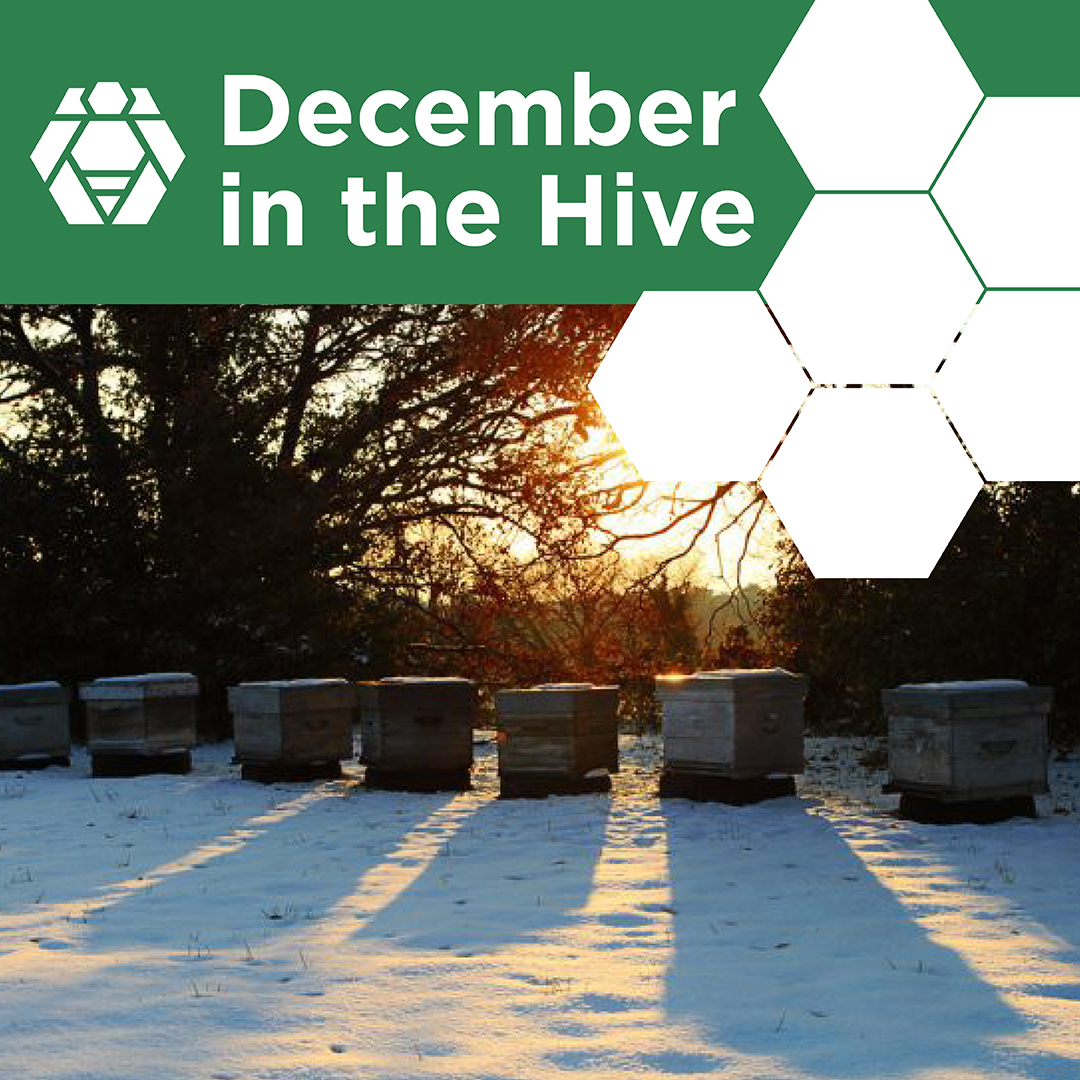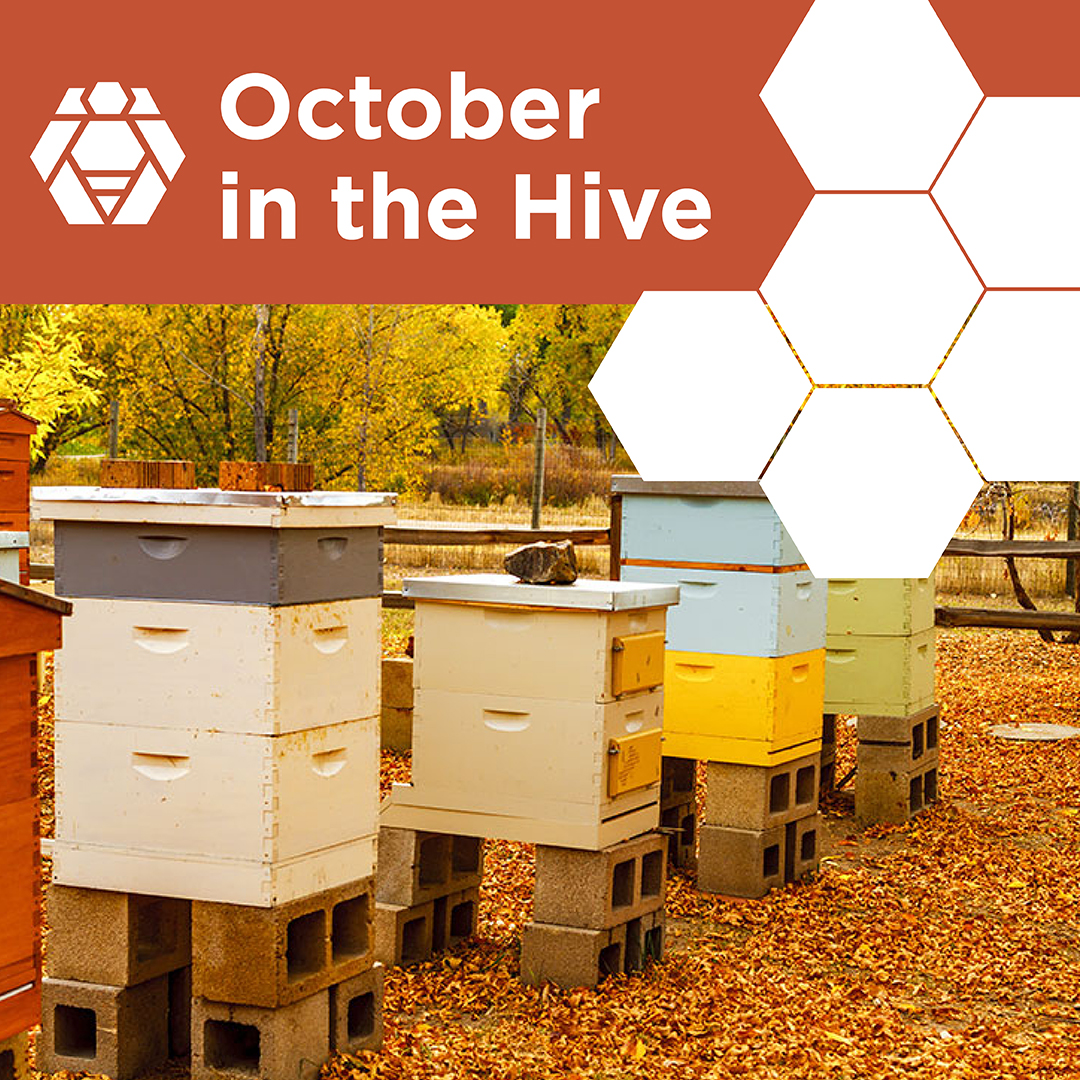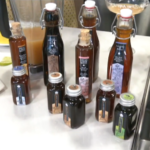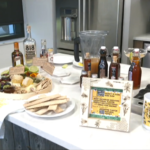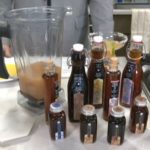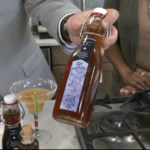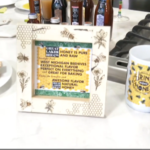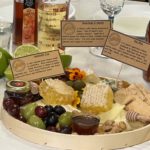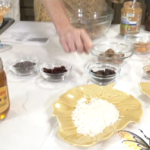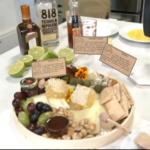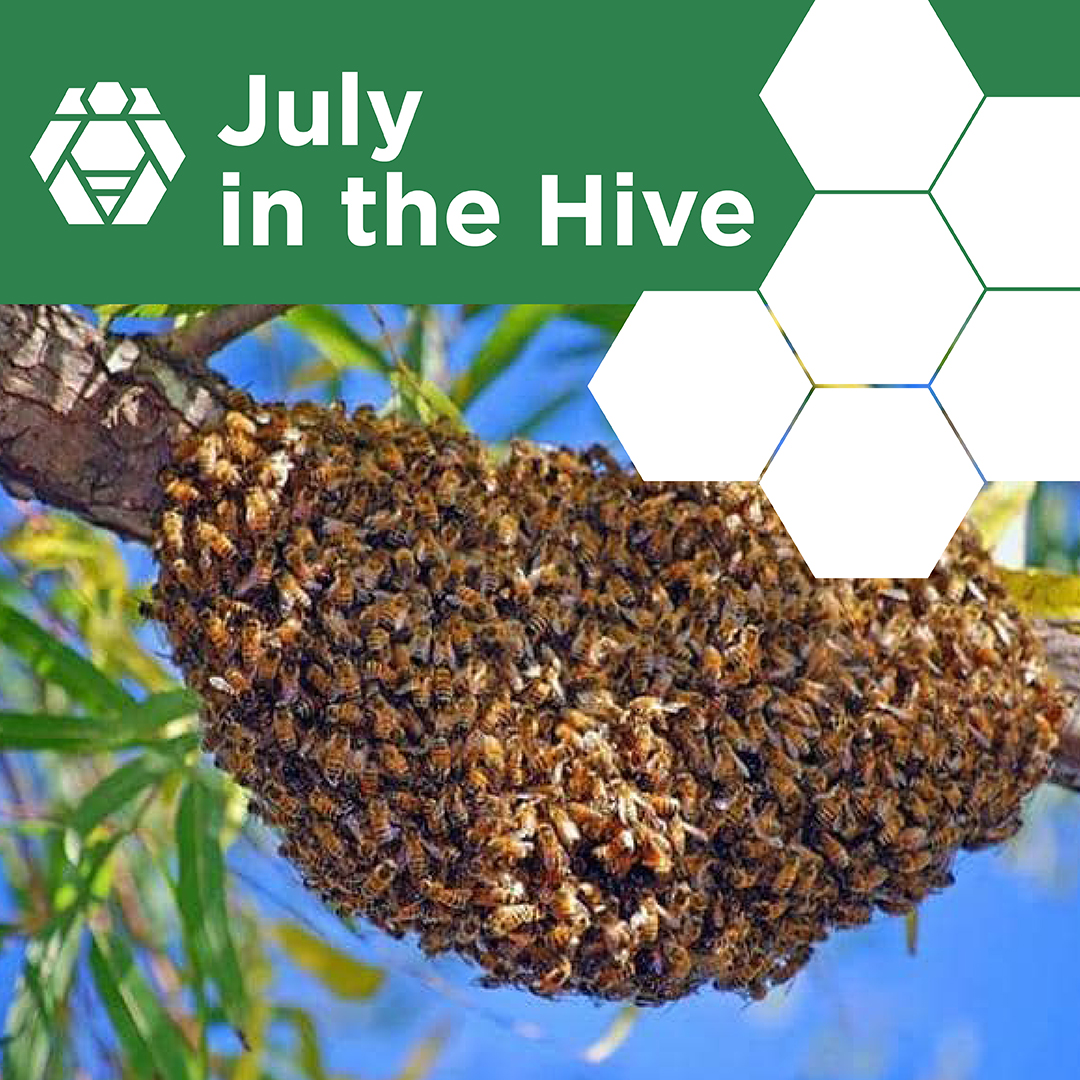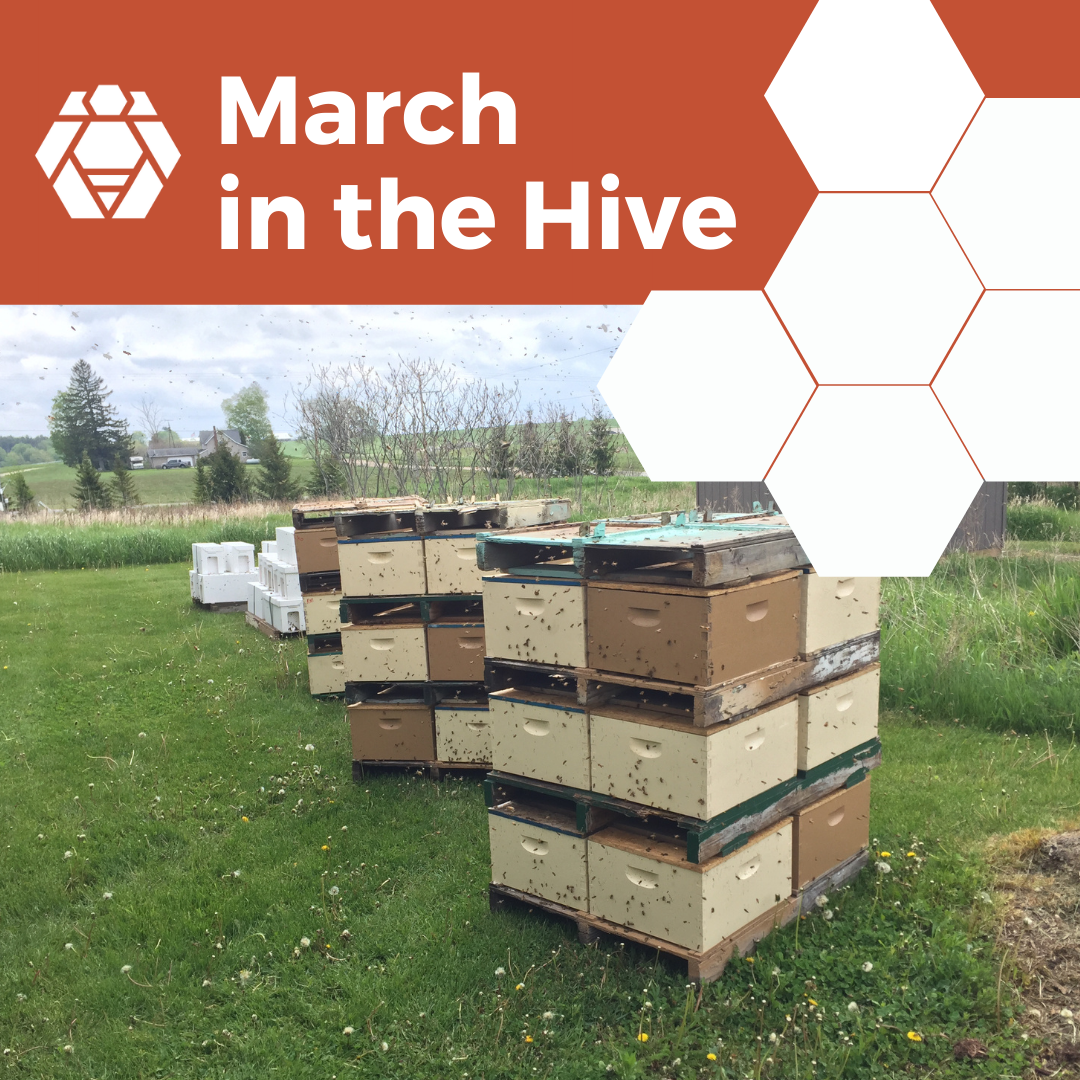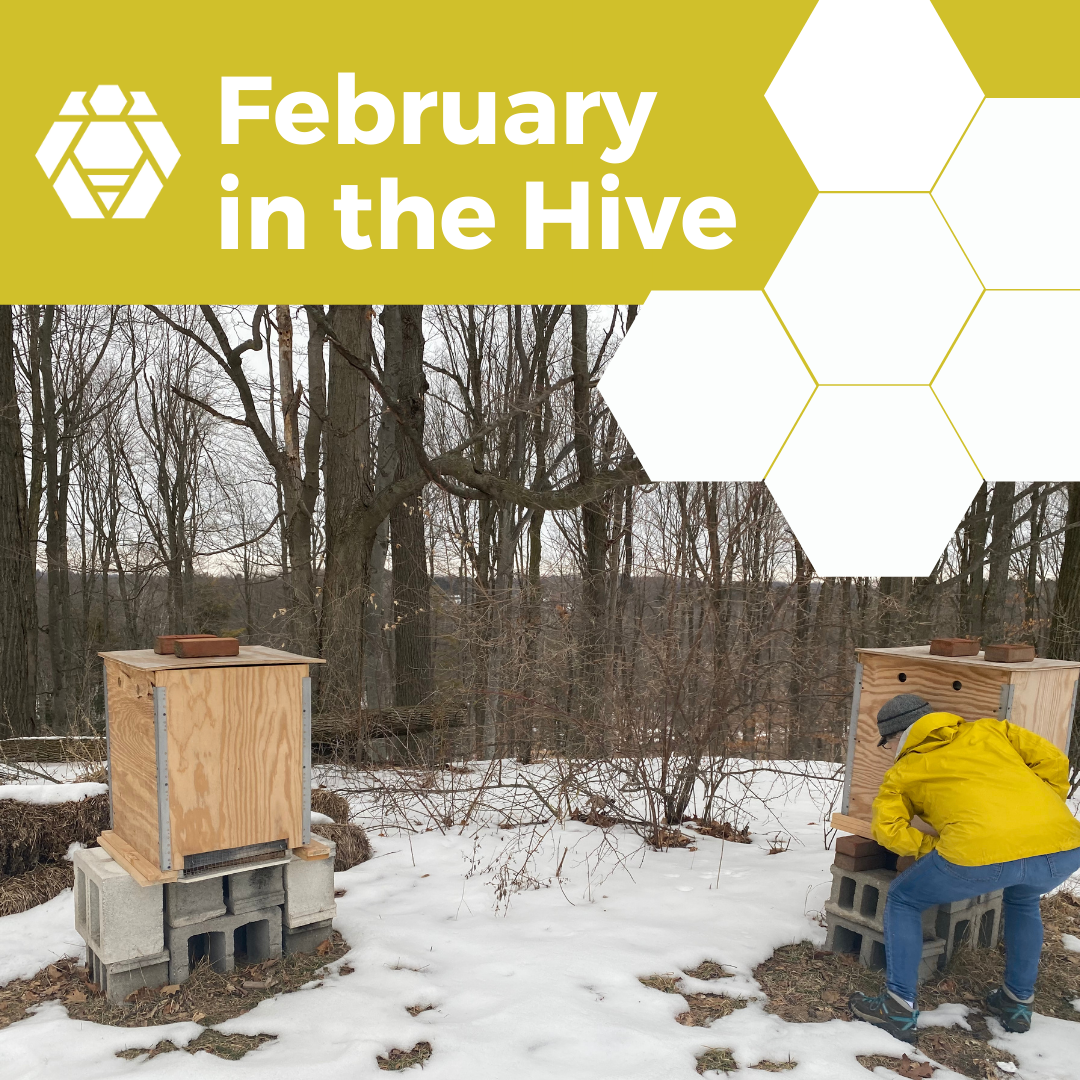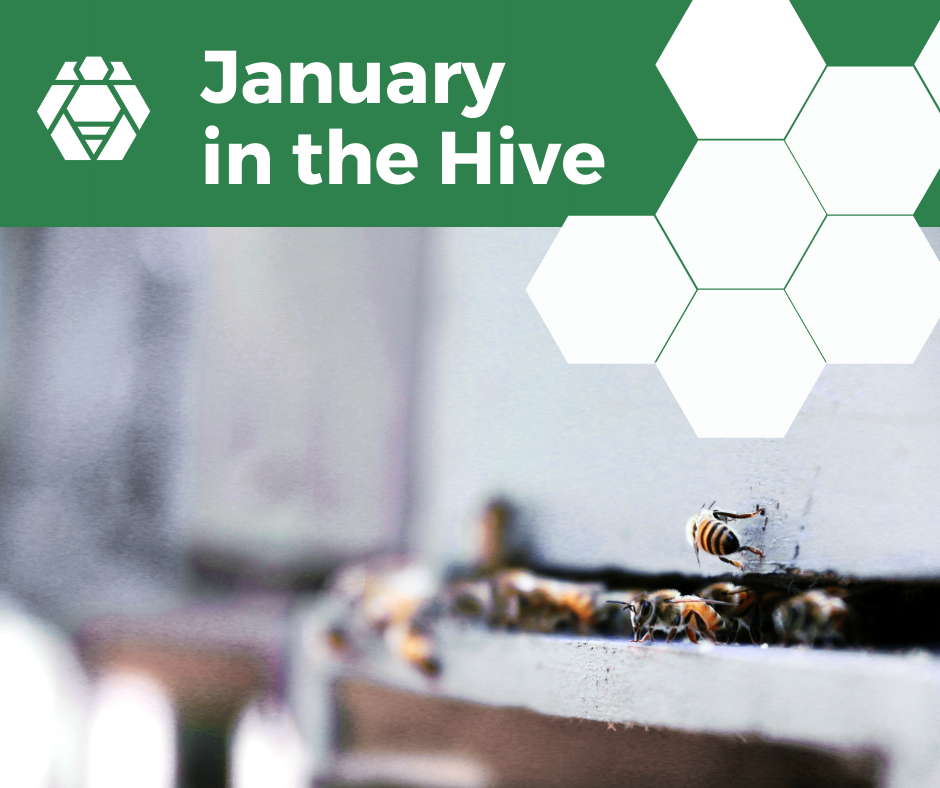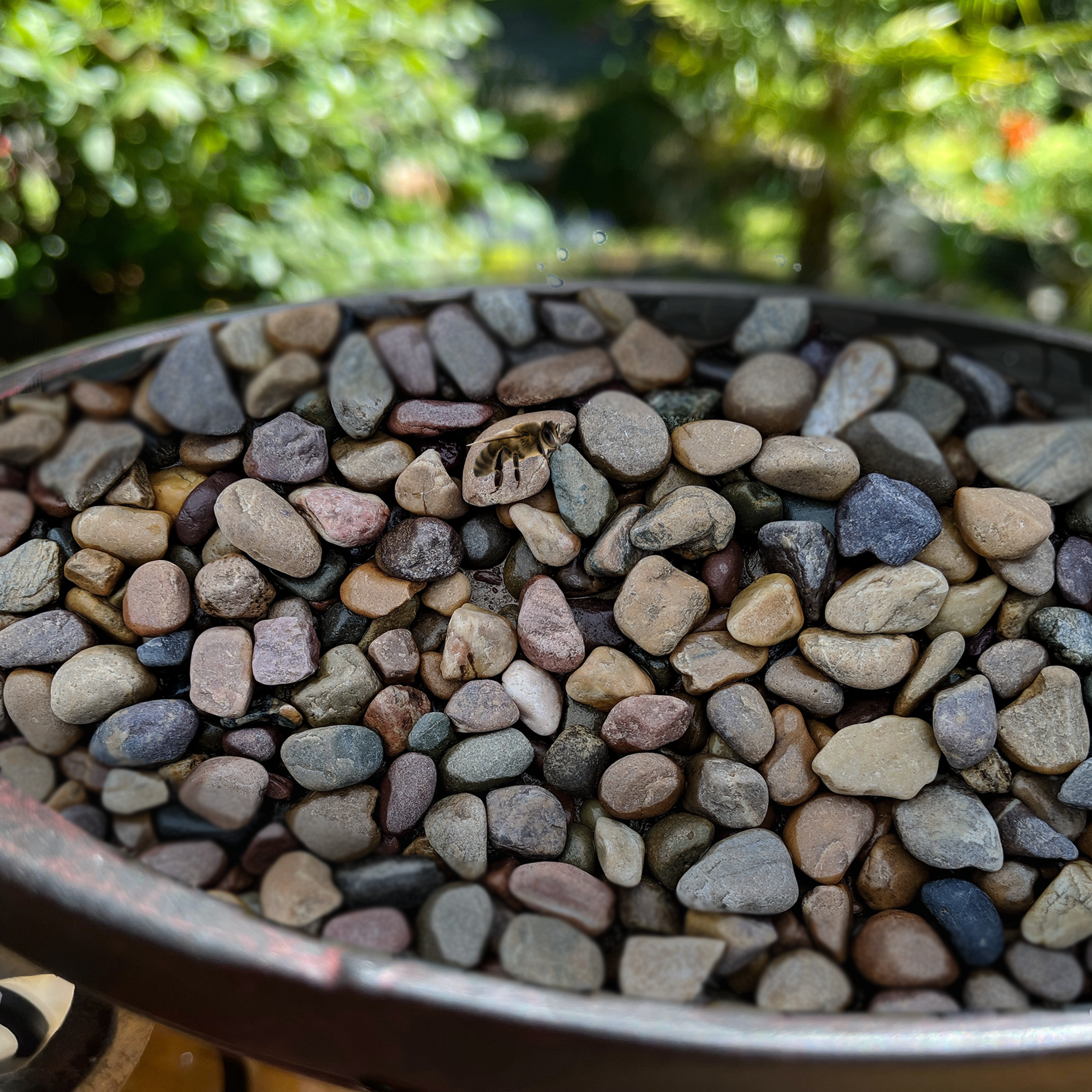
In celebration of National Honey Month this September, Great Lakes Bee Co. Owner Genji Leclair recently shared her Habanero Honey Margarita and Healthy Honey Ball recipes on Good Day Northern Michigan on 9&10 News.
“Margaritas are basically just citrus and tequila, so you can get creative in how you make it,” Leclair told Good Day Northern Michigan hosts Sid Simone and David Lyden as she began mixing grapefruit, lime, lemon and orange juices with tequila. “What makes ours special is the habanero honey – it’s a great alternative to sugar.”
Great Lakes Bee Co. – producer of Hasselman’s Honey – was founded by Larry Hasselman in Newaygo in 1974. Leclair, who grew up on honey, took over for Hasselman when he retired eight years ago.
“I’m a honey person. When I moved to Newaygo, I popped into the local grocery store and bought the local honey. When I tasted the honey, I had to call Larry to find out why this honey was so good,” Leclair said during the live Good Day Northern Michigan segment. “From there I learned all about the honey.
“We do it exactly the same way as Larry’s done since 1974,” Leclair added. “We’ve changed nothing. It’s all delicately handled. We don’t overheat the honey at all – it’s raw right out of the hives and it’s very special because the microclimate in Newaygo is very unique with an unusual blend of flowers. We only collect and sell the honey from summer – and so you have this crazy good taste that’s different – very different. It’s just amazing honey out of Newaygo.”
For the Healthy Honey Ball
• Leclair recommends having a base, such as oats (grinded) and a nut butter – peanut butter, almond butter or cashew butter.
• Then pick what you would want to mix in: cacao, turmeric, cinnamon, chocolate chips, cranberry, raisins, apricots, etc.
• Mix together – then add the secret ingredient: Honey
• Stir and roll it into a ball with your hands, then roll a topping like, coconut shavings or pecans or other nuts, over your ball and voila!
Charcuterie, Cheese or Fruit Board
• Add honey to enhance your charcuterie, cheese or fruit board flavors and pairings
• Blue cheese pairs well with honeycomb
• Goat cheese pairs well with lavender honey
• Leclair recommends playing around with different flavors of honey: pepper honey, habanero honey, etc.
“There are different flavors in the region depending on the floral sources,” said Leclair. “You can go to northern Michigan and you’ll get a lot of star thistle, which is a little bit lighter honey, and as you head down south, you get different types of flowers so you’ll get darker and different blends. It’s fun to taste honey from all regions. I really enjoy honey – people send me honey from all over the world and it’s just crazy how different they taste from region to region.
“Even just here in Michigan, across the state from north to south, you’ll get different honey and its different in the spring than it is in the summer and the fall. You’ll get a great experience tasting honey all over the world, but especially here in Michigan, we just have a lot of flavors.”
Great Lakes Bee Co.’s Hasselman’s Honey can be found at Whole Foods Grand Rapids, Spice Merchants inside Downtown Market in Grand Rapids, Rockford Cheese Shop; and in area Spartan Stores soon. It’ll also be available at West Michigan Meijer stores starting in mid-October. All honey products, including beeswax, candles, balms, salves, can also be found line at www.GreatLakesBeeCo.com
Watch Genji Leclair’s full interview on Good Day Northern Michigan, here.
